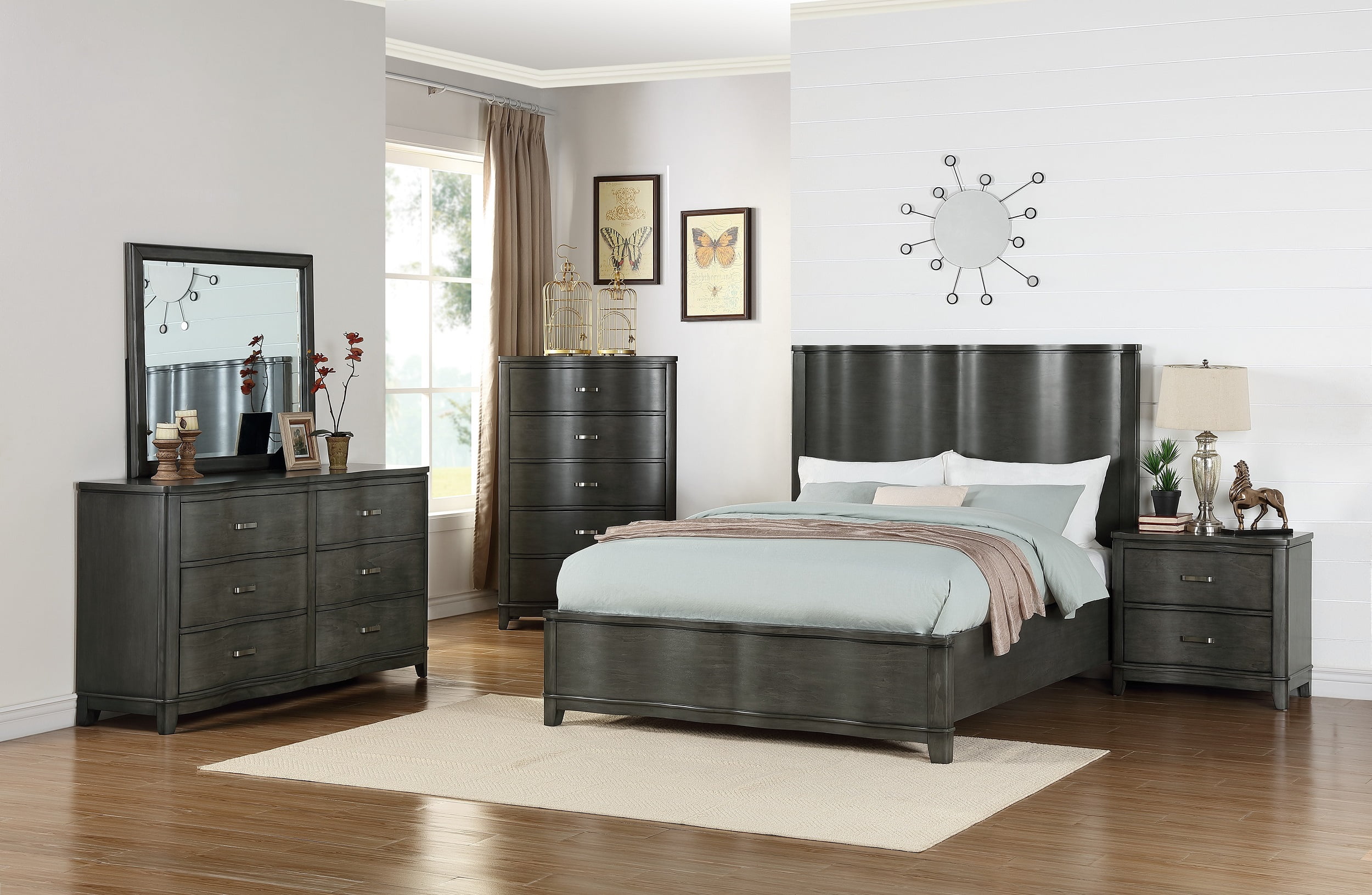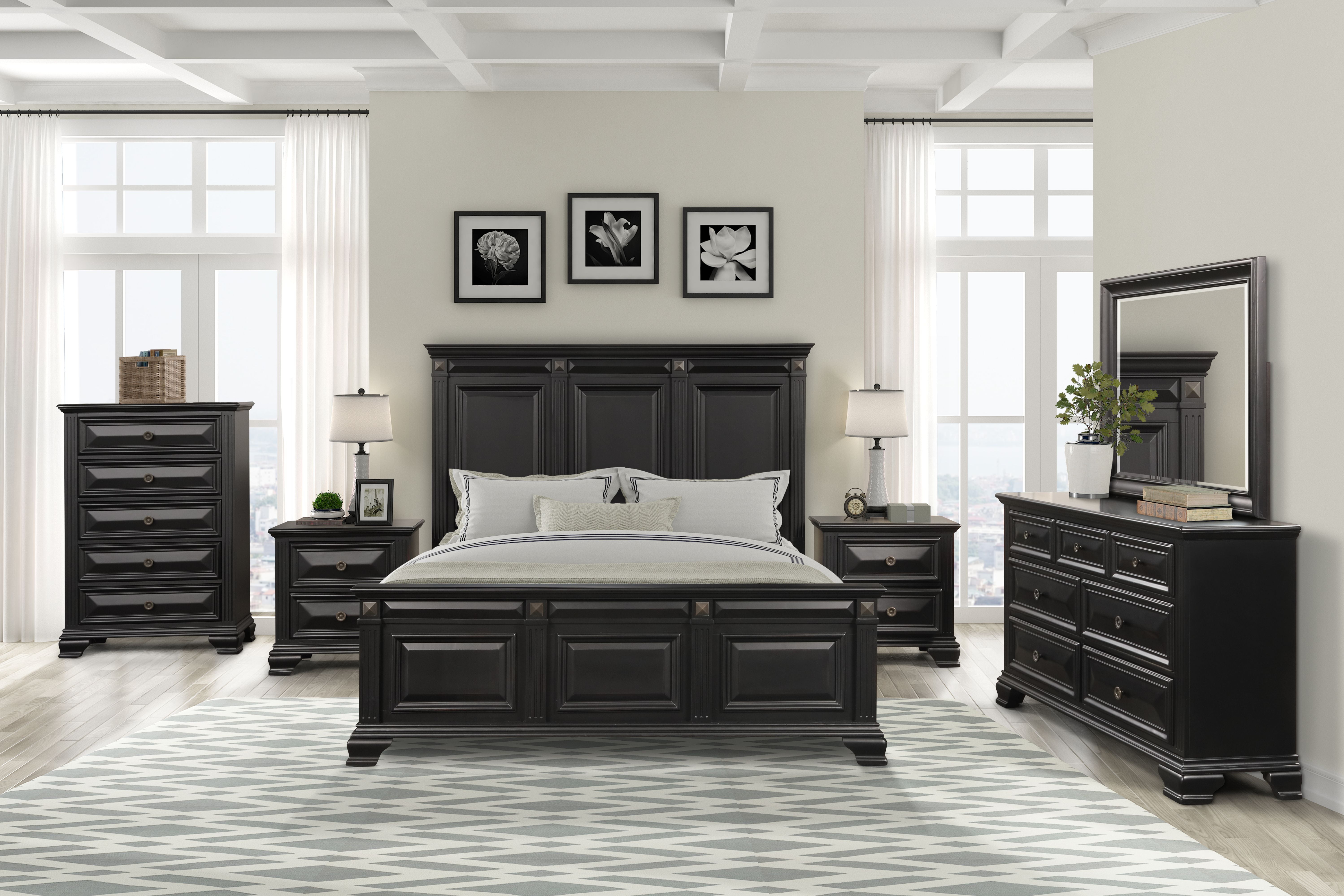Essential Bedroom Furniture: What Furniture Does A Bedroom Need

A well-designed bedroom is not only a place to sleep but also a sanctuary for relaxation, personal expression, and rejuvenation. While the specific furniture needs vary based on individual preferences and space constraints, there are certain essential pieces that contribute to a functional and comfortable bedroom.
Essential Bedroom Furniture
The most essential pieces of furniture for a bedroom are the bed, a dresser or chest of drawers, a nightstand, and a wardrobe or closet. These pieces serve distinct purposes and play a crucial role in creating a well-organized and aesthetically pleasing space.
- Bed: The bed is the centerpiece of any bedroom, providing a comfortable space for sleep and relaxation. The size of the bed should be chosen based on the size of the bedroom and the number of people who will be sleeping in it. For instance, a queen-sized bed is suitable for a single person or a couple, while a king-sized bed offers ample space for a larger bedroom. The style of the bed can range from simple and modern to ornate and traditional, depending on the overall design aesthetic of the bedroom.
- Dresser or Chest of Drawers: A dresser or chest of drawers is essential for storing clothing, linens, and other personal belongings. The size and style of the dresser should complement the bed and the overall design of the bedroom. A dresser with multiple drawers provides ample storage space for organizing clothing, while a smaller chest of drawers can be used for storing linens or other items.
- Nightstand: A nightstand placed beside the bed provides a convenient surface for holding a lamp, books, a glass of water, and other essentials. The size and style of the nightstand should complement the bed and the dresser. A small nightstand with a drawer or shelf is suitable for smaller bedrooms, while a larger nightstand with multiple drawers can provide ample storage space for books, magazines, and other items.
- Wardrobe or Closet: A wardrobe or closet is essential for storing clothing, shoes, and other items that need to be kept out of sight. The size and style of the wardrobe or closet should be chosen based on the amount of storage space required and the overall design of the bedroom. A walk-in closet offers ample storage space for a large wardrobe, while a smaller closet with shelves and drawers can be used for storing clothing and other items.
Optional Bedroom Furniture

While essential furniture pieces like a bed, nightstand, and wardrobe are crucial for a functional bedroom, optional furniture can elevate the space’s functionality, style, and overall ambiance. These pieces cater to specific needs and preferences, adding a touch of personalization and enhancing the bedroom’s comfort and appeal.
Benefits of Optional Bedroom Furniture
Adding optional furniture to a bedroom offers a range of benefits, transforming the space into a more comfortable, stylish, and functional haven.
- Enhanced Functionality: Optional pieces like a vanity or a dressing table provide dedicated spaces for personal grooming and organizing accessories, promoting a more organized and efficient environment. A reading chair or a small desk can create a designated area for relaxation or work, enhancing the room’s versatility.
- Improved Style and Ambiance: Optional furniture can significantly impact the bedroom’s overall aesthetic appeal. A stylish vanity or a unique reading chair can add a touch of elegance and personality to the space, while a decorative chest or a statement ottoman can enhance the room’s visual interest.
- Increased Storage Space: Many optional furniture pieces, such as a chest or an armoire, offer additional storage solutions. These pieces can help organize belongings, minimize clutter, and create a more spacious and visually appealing environment.
- Personalized Comfort: Optional furniture can be tailored to individual needs and preferences. A comfortable reading chair or a cozy ottoman can create a dedicated relaxation zone, while a vanity or a dressing table can cater to personal grooming habits.
Types of Optional Bedroom Furniture
Here is a table showcasing some popular optional bedroom furniture pieces, their uses, and their impact on bedroom design:
| Furniture Piece | Uses | Impact on Bedroom Design |
|---|---|---|
| Vanity/Dressing Table | Provides a dedicated space for applying makeup, styling hair, and organizing jewelry and accessories. | Adds a touch of elegance and sophistication, especially when paired with a mirror and a stool. |
| Reading Chair | Creates a cozy and inviting spot for reading, relaxing, or simply enjoying a quiet moment. | Adds comfort and warmth to the bedroom, especially when paired with a side table or a floor lamp. |
| Chest/Armoire | Offers additional storage space for clothes, blankets, linens, or other belongings. | Adds a touch of vintage charm and provides a functional storage solution, especially when paired with decorative elements. |
| Ottoman/Footstool | Provides extra seating, can be used as a footrest, or can serve as a decorative element. | Adds a touch of comfort and can be used to create a cozy seating area or to add visual interest to the bedroom. |
| Desk | Creates a dedicated workspace for studying, working, or pursuing hobbies. | Adds functionality and can be styled to match the bedroom’s overall aesthetic. |
Furniture Placement and Layout

Arranging your bedroom furniture is an art form that combines functionality with aesthetics. The way you place your furniture can significantly impact the overall feel of the room, from its spaciousness to its flow.
What furniture does a bedroom need – Before you start moving furniture, it’s essential to consider a few key factors:
Factors to Consider When Arranging Bedroom Furniture, What furniture does a bedroom need
The size and shape of your bedroom are crucial. Small bedrooms often require creative solutions to maximize space, while larger bedrooms allow for more elaborate layouts. The placement of windows, doors, and other structural elements will also influence furniture placement. For example, you might want to place your bed near a window to enjoy natural light or position your dresser against a wall to create a sense of balance.
- Room Size: The size of your bedroom is the primary factor in determining furniture placement. Smaller rooms require more compact furniture and strategic placement to avoid overcrowding, while larger rooms offer more flexibility.
- Window Placement: The placement of windows can influence furniture arrangement, particularly for your bed. Positioning your bed near a window allows you to enjoy natural light and fresh air, creating a more inviting and calming atmosphere.
- Personal Preferences: Ultimately, the arrangement of your bedroom should reflect your personal preferences. Consider what makes you feel most comfortable and relaxed. If you enjoy reading in bed, ensure there’s ample space for a bedside table and lamp. If you need a dedicated workspace, incorporate a desk or small table into your layout.
- Traffic Flow: Ensure that there is enough space to move around comfortably. You should be able to easily access your bed, dresser, closet, and any other furniture without bumping into anything.
Bedroom Layouts for Different Room Sizes and Shapes
Different bedroom layouts cater to various room sizes and shapes. Here are some examples:
- Small Bedroom: A small bedroom can feel cramped if furniture is not placed strategically. Consider a platform bed with built-in storage, a small dresser, and a compact nightstand. Use mirrors to create an illusion of more space.
- Large Bedroom: A large bedroom offers ample space to create a luxurious and comfortable retreat. You can incorporate a king-size bed, a spacious dresser, a large vanity, and even a seating area.
- Rectangular Bedroom: A rectangular bedroom can be easily divided into zones. Place your bed on one side of the room, a dresser on the opposite side, and a desk or vanity in the corner.
- Square Bedroom: A square bedroom can be arranged symmetrically. Place your bed in the center of the room, with nightstands on either side.
Creating a Comfortable and Functional Flow
Creating a comfortable and functional flow within your bedroom is essential for creating a space you enjoy spending time in. A well-designed layout makes it easy to move around, access your belongings, and relax.
- Consider the Primary Purpose of the Room: Is your bedroom primarily for sleeping, reading, working, or a combination of activities? Your furniture arrangement should support these activities.
- Define Zones: Divide your bedroom into different zones, such as a sleeping zone, a dressing zone, and a work zone. This helps to create a sense of order and organization.
- Maintain a Clear Pathway: Ensure that there is a clear pathway around the bed, dresser, and other furniture. This allows for easy movement and access to all areas of the room.
A bedroom’s essential furniture is a canvas for your personal haven, a space where comfort and style intertwine. A bed, of course, is the centerpiece, but don’t underestimate the power of a dresser to organize your life, a nightstand to hold your essentials, and a mirror to reflect your inner glow.
If you’re seeking unique pieces to complete your vision, exploring gumtree adelaide bedroom furniture can lead you to treasures that speak to your soul. From vintage finds to contemporary designs, the right furniture will transform your bedroom into a sanctuary of peace and inspiration.
A bedroom’s furniture needs are as individual as its inhabitant. A bed, of course, is essential, along with storage for clothes and personal belongings. But let’s not forget the importance of a well-designed bathroom, a sanctuary for relaxation and rejuvenation.
A 49 inch bathroom vanity top can add a touch of elegance and functionality to any space, just as a stylish nightstand can complete a bedroom’s ambiance.